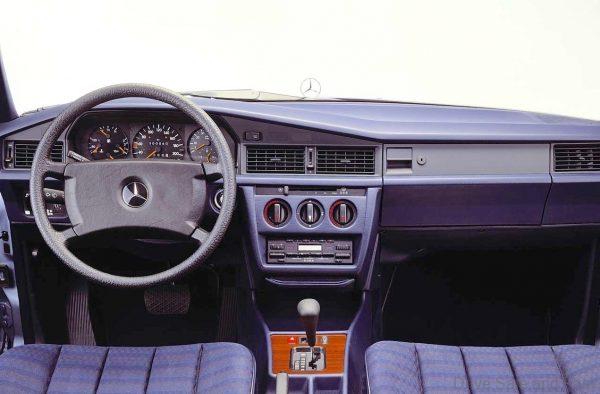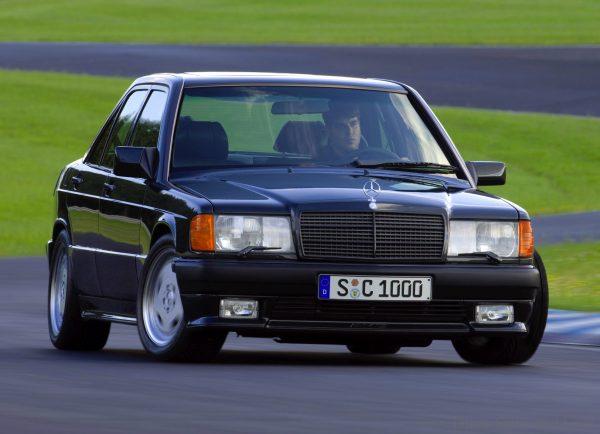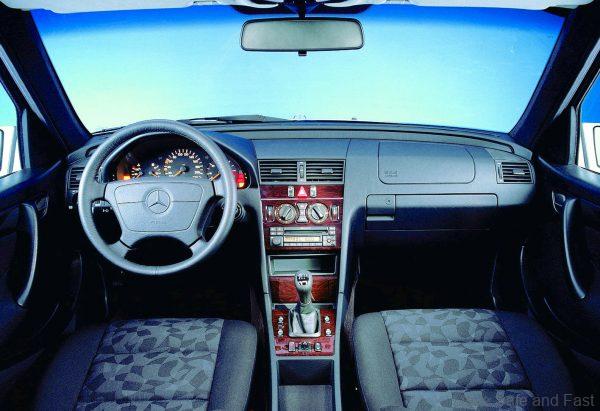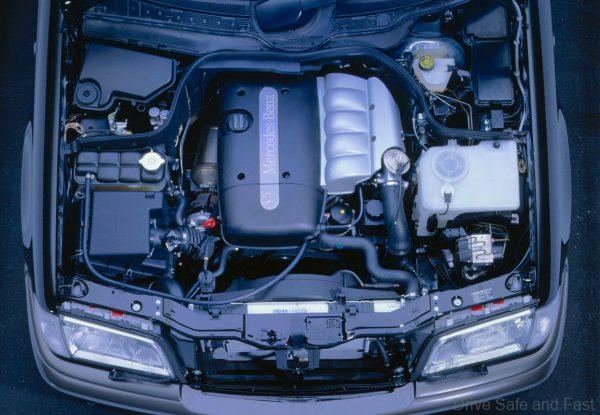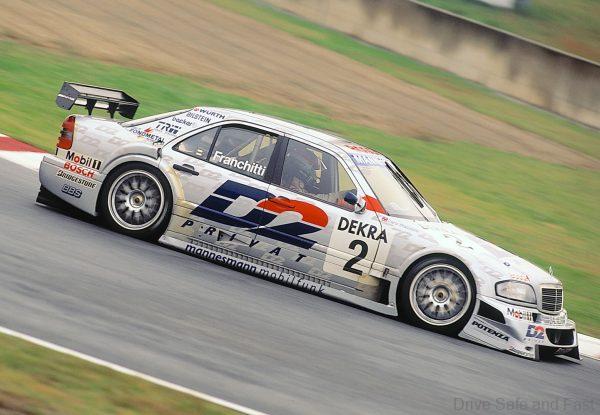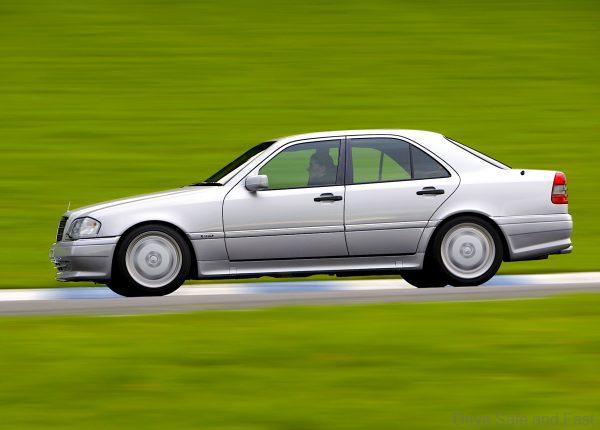Mercedes-Benz C-Class History Lesson
Did you know this about the Mercedes C-Class?
The Mercedes-Benz C-Class was the replacement model for the ‘over-engineered’ Mercedes 190E (W201). Why we say ‘over-engineered’ is because when you speak to Mercedes mechanics in our country, they have always praised the 190E for its robust build quality and hardy cabin materials.
It was a family sedan that tested time very well and even till today you can see nice well looked after units looking in better condition over the first ever Mercedes C-Class the W202 model.
Then there was the ultimate 190E, the 2.3-16 AMG built version and later the 2.5-16 EVO which was a direct rival to the iconic BMW E30 M3.
The W202 was sold in a few variants, CLASSIC, ESPRIT, ELEGANCE and SPORT as well as a particularly dynamic AMG equipment package with sports suspension, AMG light-alloy wheels and AMG design elements.
Innovative diversity also characterized the engine range, which included four and six-cylinder engines and even a V8 engine in the top-of-the-line AMG models. The pinnacle of this evolution was the C 55 AMG with a power output of 347hp in 1998.
Did you know that in the last decade, the Mercedes C-Class was the highest-volume Mercedes-Benz model? Since the introduction of the still current generation in 2014, over 2.5 million units of the Saloon and Estate models have been sold around the world.

However, the estate (station wagon) version was never introduced in Malaysia as there is only a very small handful of buyers who appreciate wagons in Malaysia as we have seen in the zero take up of Volvo, BMW and Audi wagons.
China has been the largest sales market for the C-Class Saloon since 2016. In addition, the USA, Germany and Great Britain have been the largest sales markets for the C-Class Saloon and Estate models in the last ten years.
In 2020, the C-Class Saloon and Estate were delivered to customers in more than 100 markets around the world. Two out of every three C-Class cars sold in Germany are the Estate variant.
The C-Class success story began in 1982. This was when the Mercedes-Benz 190 was launched as a mid-size model. Because it was the smallest car in the Mercedes-Benz range at the time, it soon earned the nickname ‘Baby Benz’. It was not only with combustion engines – for example the sporty 190 E 2.5-16 Evolution with a four-valve engine – that Mercedes-Benz repeatedly made its mark, but also with alternative powertrains:
For example, the 190 E Elektro as an experimental car based on the 201 series was presented at the Innovation Market of the Hanover Fair in 1990, and at the Geneva Motor Show in 1991. Two electric motors excited by permanent magnets, each with 21hp, fed by sodium/nickel chloride batteries powered the rear wheels.
The first car under the C-Class designation was introduced in May 1993. All in all, over 10.5 million Mercedes-Benz cars in this category have been delivered to customers since 1982. For many customers, the C-Class is the entry-level model to the premium car segment.
In China and South Korea, the C-Class Saloon is their first vehicle from a premium brand for around 50 percent of buyers. In many markets, the C-Class Saloon attracts a high proportion of female customers. The percentage of women is particularly high in the USA and South Korea: nearly one in every two C-Class Saloons is purchased by women.
Mercedes-Benz also broke new ground at the time, not only in terms of engineering but also because of the wider range of body shapes. The Estate model introduced by the company in 1996 was its first sporty, mid-size estate car. When Mercedes-Benz launched the next C-Class model series in 2000, it included the Sports Coupé, a completely new body variant.
The market launch of the fourth C-Class generation in 2007 also saw the introduction of a new design feature. For the first time, the front-end design of a Mercedes-Benz Saloon varied according to the design and equipment line. While the ELEGANCE design and equipment line featured the three-pointed star in its traditional position on the bonnet, it was mounted in the center of the radiator grille in the sportier AVANTGARDE design and equipment line.
